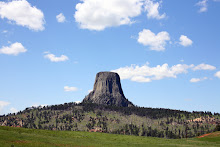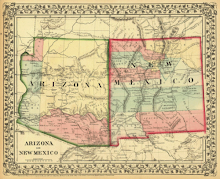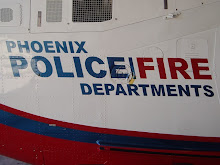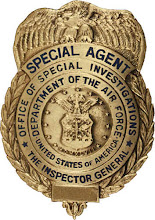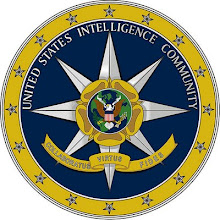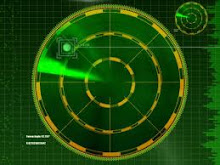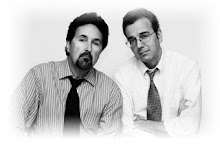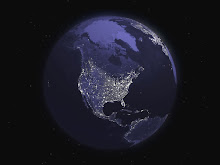Monday, October 28, 2019
US Navy UFO encounters: Space scientists speculate on 'first contact' with visitors
By Steve Hammons
In an Oct. 27 article on the news and current events website The Daily Beast, writer David Axe notes the views of several space researchers on the topic of “first contact” with extraterrestrial visitors.
Recent disclosures about observations of unusual objects by U.S. Navy fighter pilots and other Navy personnel have seemingly sparked increased interest by many people about the topic of UFOs.
In his article headline, “How Will We Make First Contact With Alien Life?” Axe seems to take the position that we have not yet made contact.
He wrote, “Still, first contact is increasingly likely, scientists told The Daily Beast. Maybe tomorrow. Maybe a decade from now. Maybe much, much farther in the future. For human civilization, that encounter could change everything. Then again, it probably won’t.”
“The reaction will depend on people’s expectations,” said Douglas Vakoch, according to Axe. Vakoch heads the “Messaging Extraterrestrial Intelligence” organization.
JUST WAITING FOR CONFIRMATION
Vakoch also pointed out to Axe that many people apparently would not be surprised by such a development. Axe wrote, “And today millions of people already believe there’s life beyond Earth, he added. They’re just waiting for confirmation.”
That might be a reasonable viewpoint. Axe also reminds readers that, “Our galaxy alone includes no fewer than four billion planets that are similar to Earth.”
And there are also theories out there that we might discover different dimensions that are natural parts of the Universe. Visitors might originate from these types of home environments, according to some speculation.
For those people who somehow missed the multiple news reports over the last couple of years, Axe writes, “Navy pilots on at least two other occasions in recent years had similar run-ins with UFOs. Cockpit videos of the encounters have racked up millions of views on social media.”
Axe explains that U.S. government funding was made available to attempt to conduct responsible and thorough research into these Navy encounters. He notes that, “Amid a surge of interest in possible alien visitors, news broke that a trio of powerful U.S. senators for years channeled tens of millions of dollars [reportedly $22 million for a five-year effort] into a military-run office that investigated UFO sightings.”
To some taxpayers, that might seem like a wise investment. What are unusual, apparently foreign craft, drones or objects of some kind doing in the vicinity of Navy aircraft carrier strike groups at sea?
Retired Navy Commander David Fravor, formerly a Navy fighter jet squadron leader, has taken a leadership role in explaining his encounters to the public. And Axe included Fravor’s accounts in his article.
Axe wrote, “It appeared to be an aircraft of some sort. Oval in shape. Around 40 feet long. It hovered over the water, churning up waves and foam. Fravor steered the F/A-18 directly at the object. Abruptly the UFO sped away, Fravor told The New York Times. ‘It accelerated like nothing I’ve ever seen.’ He was, he said, ‘pretty weirded out. I have no idea what I saw. It had no plumes, wings or rotors and outran our F-18s’.”
BREAK IT TO ME GENTLY
It might be a delicate situation for the Navy. For decades, there have been reports of both overt and covert U.S. government monitoring and investigation of UFOs. The overt “Project Blue Book” in the 1950s and ‘60s operated from Wright-Patterson Air Force Base in Dayton, southwest Ohio. That project might have also had covert elements.
Additionally, there have been some indications that more discreet research has been done that has been kept highly confidential and compartmented, or even moved outside of the U.S. government organizational structure to maintain security.
Navy public information officers are probably able to take a constructive approach in orienting us. Axe wrote in his article that, “To avoid taking a firm stance on the subject of flying saucers, the Navy prefers to use the term ‘Unidentified Aerial Phenomena,’ or ‘UAP,’ to describe what everyone else calls ‘UFOs’.”
Of course, a key word difference in the terms is that “phenomena” represents a broader scope of situations than “objects.” Some of the unconventional things seen in the skies certainly seem to be solid objects, such as the UAP that Navy pilots observed. Other unusual phenomena in the skies at various altitudes (including ground-level) might not exactly be solid objects.
How do we move the ball forward on sharing information and understanding of this situation with the American people and people around the world? Does the Navy have a communication and orientation game plan? They might.
If Navy and other key national security people are going to prepare us and inform us in more complete and robust ways about UAP, how are they going to break the news to us?
Maybe exactly as they have done so far.
(Related articles “Storytelling affects human biology, beliefs, behavior” and “Reagan’s 1987 UN speech on ‘alien threat’ resonates now” are posted on the CultureReady blog, Defense Language and National Security Education Office, Office of the Undersecretary of Defense for Personnel and Readiness, U.S. Department of Defense.)































